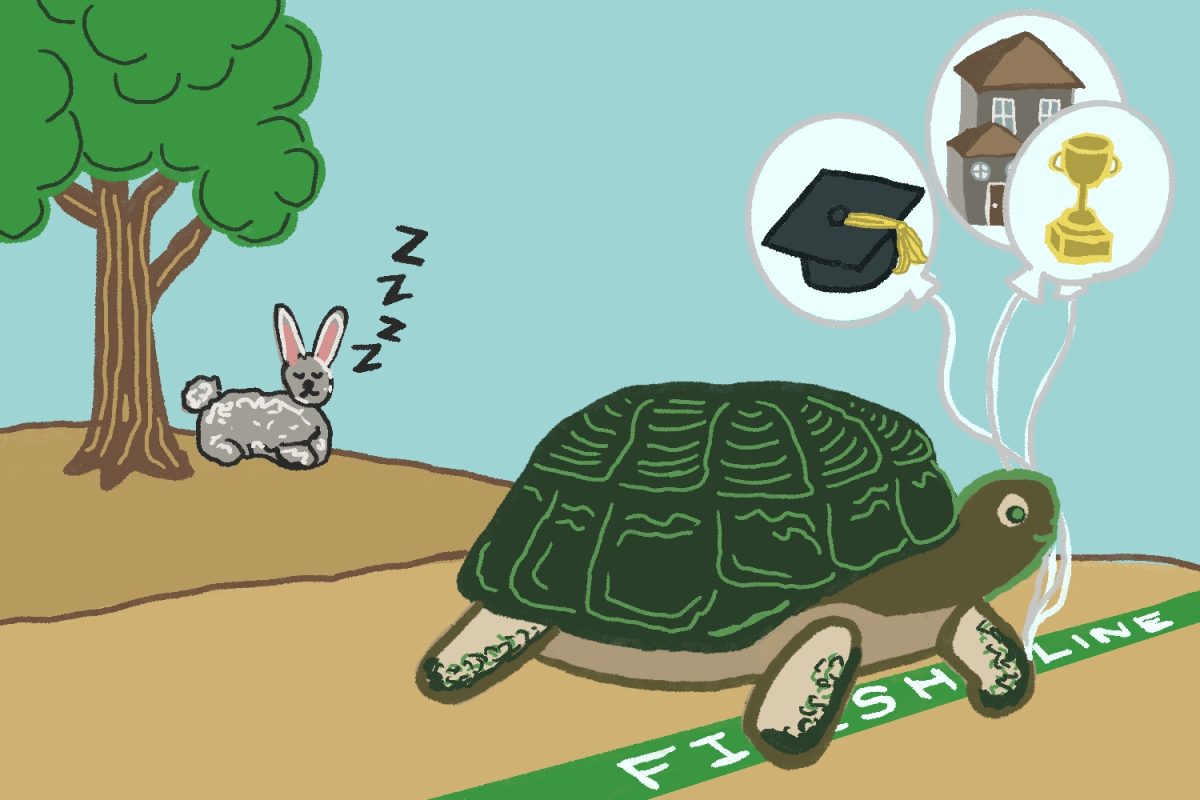Uninspired. Perhaps that is the best word to describe Paul McCartney’s new album, Driving Rain. Several articles and editorials have been written over the past few weeks on the inability of such influential artists as McCartney and Mick Jagger (Goddess in the Doorway) to sell their new records. There may be several reasons behind this phenomenon, but in the case of Rain, negative word of mouth may be all it takes to render disappointing sales.
It is indisputable that McCartney is a talented songwriter and musician. It is also indisputable that he is going through a time of emotional turmoil, this being his first studio album of original work since the death of his beloved wife, Linda (he released Run Devil Run, a funky album of rock ‘n’ roll covers, in 2000). Yet, he fails to put either of these factors to good use on the new album. The lyrics lack depth, and the musical simplicity of many of the songs, especially “Tiny Bubble” and “Spinning on an Axis,” gives the album an unfinished, unpolished feel. As a result, the diverse and complex subjects covered on the album – ranging from Linda to his vacation in India during January 2001, to his new love, Heather Mills, to the recent tragedy in New York City (the hidden sixteenth track, “Freedom,” is a solid rallying cry for peace and one of the album’s rare shining moments) – lose most of their meaning.
McCartney, however, said in a press statement accompanying the release of the album that he relishes the feeling of “rawness” in his work, crediting it to the spontaneous recording technique that was used–a technique for which the Beatles were well known. The album was recorded and mixed over two sessions totaling five weeks in February and June 2001 in Los Angeles, under producer David Kahne (Sugar Ray, Tony Bennett). McCartney played with a three-piece band that he had never met before the sessions, and each morning he would come in with fresh songs for them to learn and record–there was no between-session practicing. “By going into the recording freely, not dictating, things just evolved,” McCartney said in the press release. This spontaneity could work with and even complement the songs, but they are not strong enough to stand on their own, and thus, the raw feel of the album fails to give it any sense of cohesiveness.
Perhaps the one thing that saves the album from complete mediocrity is McCartney’s bass-playing. He decided to step back from the spotlight and return to the comfort of bass-player (his role in the Beatles) for this album, and he delivers a poised and rock-hard performance. All else said, McCartney can write and play a solid bass line–in this case, returning to his roots was a good move for him.
McCartney states that the song “Back in the Sunshine Again,” co-written by his son, James, is about “leaving behind all our troubles and moving forward into the sunshine, which also fits with [his] present mood in life.” Fans can rejoice in the idea that McCartney has finally found peace in himself and love with his new fiancée–but hope that it does not mean leaving behind the musical genius that has established him as a successful and talented solo artist.















































































































